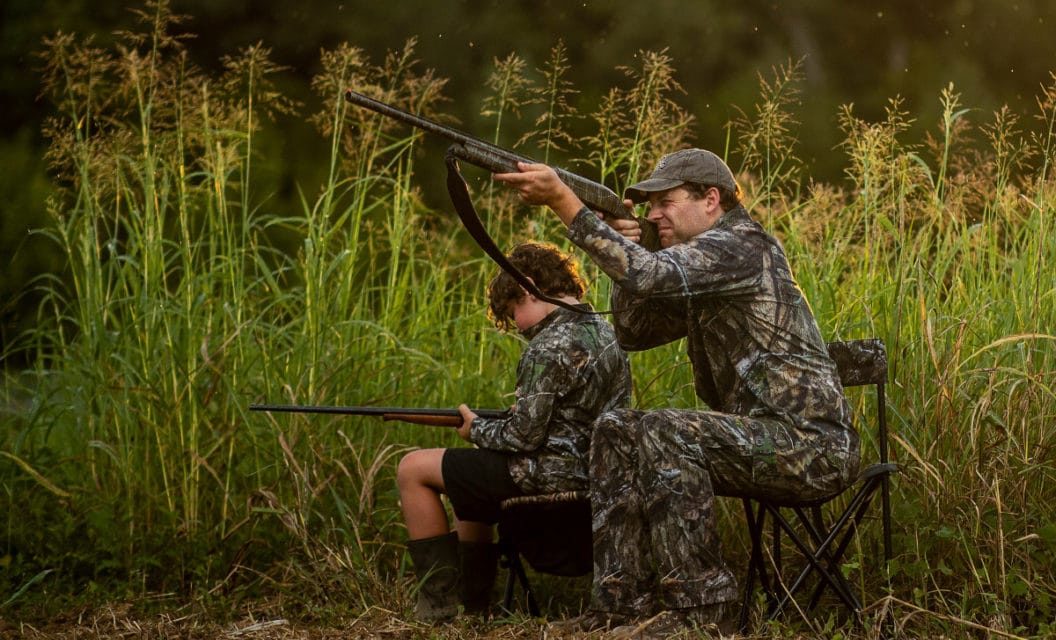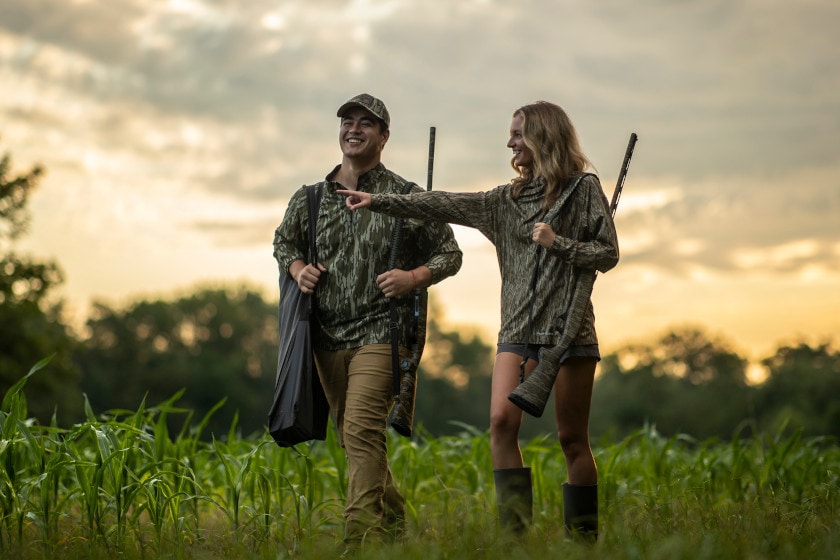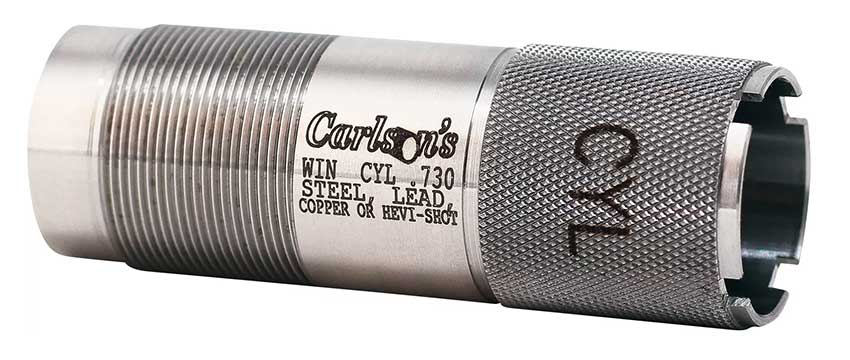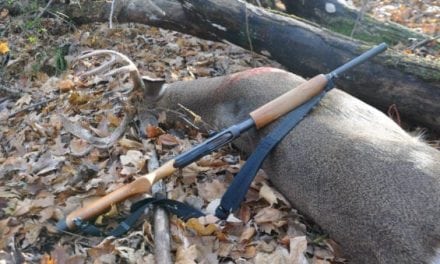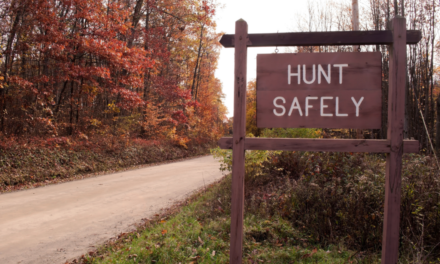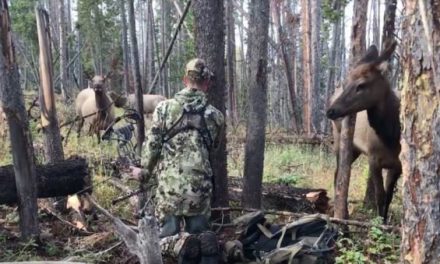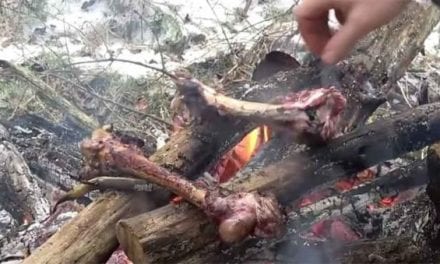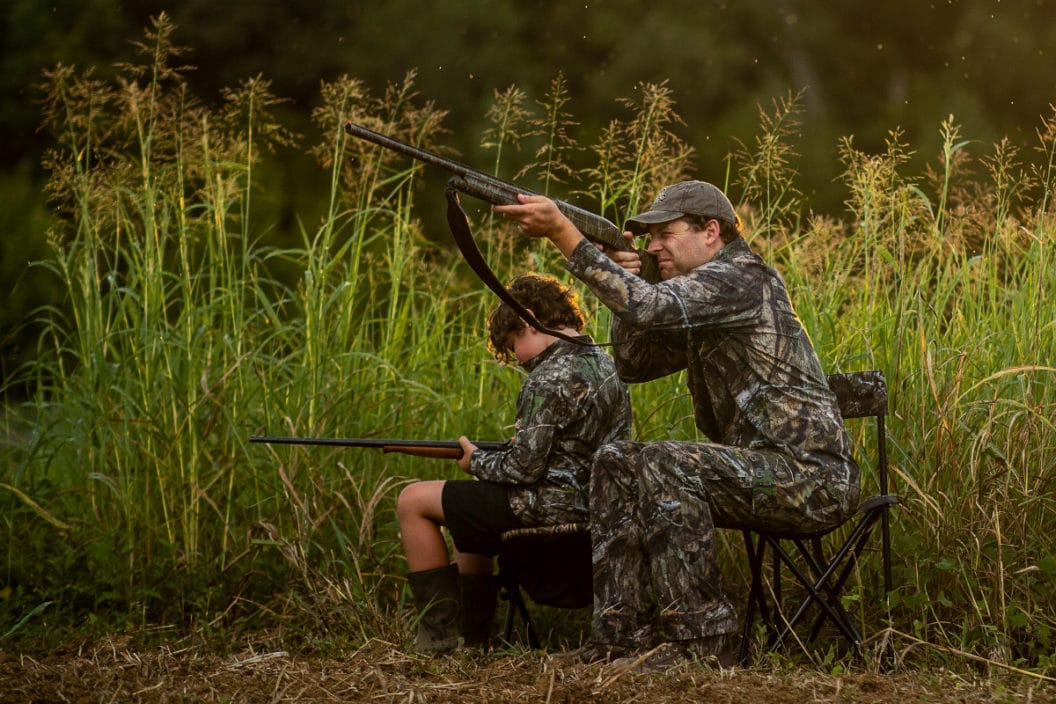
The start of dove hunting season is something of a holiday in many states. It’s one of the simplest forms of bird hunting out there. It requires little more than a firearm, a box of shotgun shells, and maybe a few decoys to bring home a limit of these tasty game birds. Dove hunting makes for an enjoyable, low-pressure hunt that’s ideal for teaching newbies the ropes on firearms safety and the cleaning and preparation of game. Early season doves don’t require a lot of extra preparation like pheasants or quail, but it’s still worth taking an inventory of your equipment to ensure you have the proper tools for the job. When it comes to firearms, that means making sure you have the proper choke size for the situation. Most seasoned dove hunters change up their dove choke depending on a bevy of factors including hunting pressure and the time of year. It may not seem overly important, but these game birds are small and fast. Ensuring you have the proper shot pattern for the situation will lead you to put more birds on the ground and on the dinner table. Today we’ll explain exactly how to pick the right choke based on the hunting situation.
What Are the Best Chokes for Dove Hunting?
As with any form of wing-shooting, there is no one-size-fits-all approach to picking a shotgun choke for doves. These game birds are extremely small and nimble, which is one of the main reasons we don’t recommend a full choke. The tight constriction may give a better chance of hitting birds at longer ranges, but it could also cost you on closer shots. For doves, which are certainly smaller birds in comparison to other game birds, the dense pattern may destroy the bird completely, or at the very least ruin the meat, which no one wants. Most seasoned dove hunters base their choke selection on hunting pressure and the time of year.
We’ll make some suggestions of the best choke tube size choices, but the most important thing with any choke is to ensure you’re looking for the right fit for your specific shotgun. There are a few styles and they have differing thread types, so if you’re unsure which kind you have, check with your shotgun manufacturer’s manual.
Best Choice for Opening Day: An open choke or even a skeet choke meant for clay pigeons can work, but an improved cylinder (or IC) is an excellent choice for opening day. There are two reasons for this. The first is simply because the birds are a little less wary at the start of the season, resulting in more shot opportunities at close range, especially on popular dove fields. The second reason is because there are still tons of young birds in the air at the start of the season. These smaller birds are even harder to hit than the adults and you’ll up your odds of connecting with minimal damage to the meat of the bird.
Best Pick for Public Land Doves: If you are hunting doves on public land, you again might want to consider going to an improved cylinder choke tube, even in the early part of the season. It gives you that little bit of extra range without constricting your shot pattern so tightly that you’ll miss any close opportunities. Some hunters prefer to hunt with an Improved Cylinder all season long.
Best for Pressured Birds and Late Season: For heavily pressured or late season birds that won’t come in close, that’s when you need to start considering longer shots out to 30 yards or more. As we’ve already noted, some hunters use a full choke in this scenario, but a modified or improved modified choke is usually the better choice. These chokes are going to give you extra range without sacrificing the size of the pattern too much. We would go with the modified for those who only seem to encounter long range birds out to 40 yards or more.
The great thing about most modern shotguns is they allow you to quickly change out the type of choke in only minutes. The new screw-in type allows you to swap to a different choke depending on the time of year and situation in minutes, allowing hunters to change things up on the fly. More often than not, a new shotgun comes with several interchangeable chokes.
We’ve come a long way from the days when every shotgun had a fixed choke and you needed to do a barrel swap if you wanted to change. If you’re looking to purchase an older gun with a fixed choke, we would go with the improved cylinder. It’s going to give you the most versatility for doves, but you could also use it for upland birds and waterfowl if you’re wanting to do all your bird hunting with one gun.
Our Top Pick for Dove Hunting Choke Tube
Carlson’s Beretta/Benelli Improved Cylinder Choke Tube – Bass Pro Shops, $47.99
As long as your shotgun is compatible, we suggest the reliable Carlson’s Beretta/Benelli style Improved Cylinder Choke Tube, as it works with various shot types and isn’t overly expensive. Lots of chokes are marketed for waterfowl and turkey hunting, and sometimes they can go a little overboard in the naming and claiming. Carlson’s makes a no-frills, no-nonsense choke tube, and can be trusted to do its job well.
What’s the Best Shot Size for Dove Hunting?
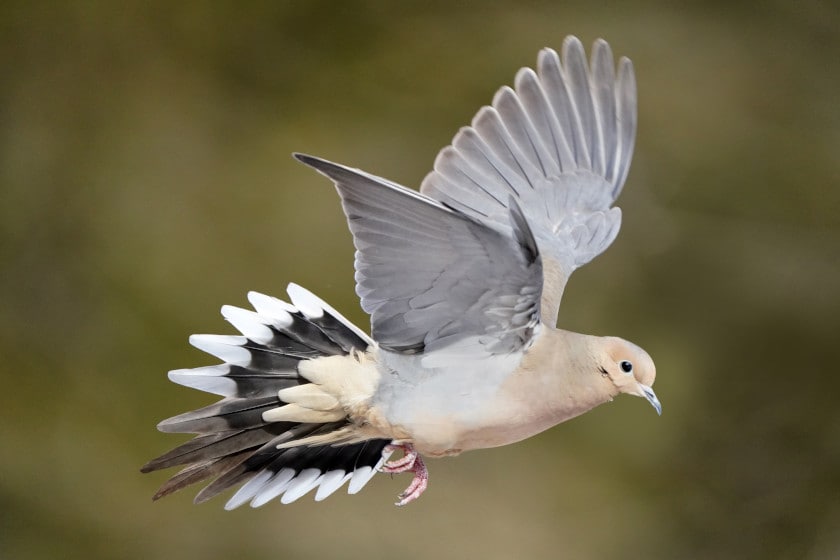
Janet Griffen-Scott via Getty Images
This is a tricker question to answer, because not every shotgun is going to pattern in the same way. A semi-auto dove gun may not pattern quite as tightly as a single shot and vice versa. It pays to head to the range and put some shots on paper to figure out how tightly your shotgun patterns based on different shot types and choke tubes. If your pattern is too dense, you could destroy all the meat, defeating the entire purpose of the hunt in the first place.
That said, most seasoned dove hunters tend to go with shot sizes between 7 and 8. Shot size 7 ½ seems to be the most popular. Again, check those shot patterns carefully. It’s usually the hunters who did their homework patterning their gun correctly that get to enjoy jalapeño dove poppers at the end of the day. Those who don’t take these steps are left making excuses for the pile of spent shotshells that hit nothing but air.
Doves aren’t tough creatures by any means, but lead shot has the advantage in terms of effective range, penetration, and stopping power, which is why many hunters prefer it. However, if you are hunting public land, you will mostly likely be restricted to non-toxic alternatives like tungsten or steel shot. The big thing to remember with steel ammo is that it tends to pattern much tighter. The lighter density of the shot also means it doesn’t perform as well in wind. These are things you’ll need to consider when patterning your gun on paper and choosing the best choke for the job.
If the pattern is too dense, there’s nothing wrong with going with number 6 shot. We have even heard of some hunters going with number 5 because they were concerned about meat loss.
Whether you are planning on hunting mourning doves, larger white wing doves, or some other popular subspecies, setting your firearm up for these birds isn’t too difficult. Once you’ve figured out your ideal setup, it should serve you well for years to come. Take a little extra time to experiment with choke tubes and shot sizes on the range this year before your first dove hunt. You’ll be glad you did.
For more outdoor content from Travis Smola, be sure to follow him on Twitter and Instagram For original videos, check out his Geocaching and Outdoors with Travis YouTube channels.
READ MORE: DOVE HUNTING 101: HOW TO TAKE ADVANTAGE OF THIS FUN, EARLY SEASON OPPORTUNITY
The post How to Pick the Best Choke for Dove Hunting appeared first on Wide Open Spaces.

